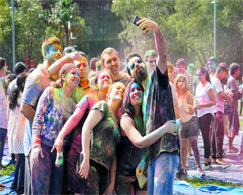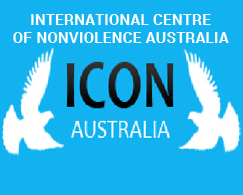Bharatiya Vidya Bhavan (Bhavan)
It would be instructive to remember that Kulapati Kanhaiyalal Maneklal Munshi founded the Bhavan a full decade before the advent of Independence. 7th of November 1938 was the beginning of an 'Adventure in Faith'. A faith in India's Past, Present and Future. The founding of Bhavan was based on the preservation and propagation of Bharatiya Sanskriti (Indian culture) and Sanskrit, the mother of languages, the akshaya patra - the inexhaustible reservoir. This unpretentious endeavour was backed by Kulapati Munshi's amazing pragmatism. Over the years from being a modest Indological research institution, it has steadily grown into a comprehensive, co-operative, apolitical, national movement with an international outlook. It seeks to inculcate a value-based life. The promotion of ethical and spiritual values in everything that it does.
The Bharatiya Vidya Bhavan, an internationally reputed institution dedicated to the promotion of education and culture, is a charitable public trust founded by Dr. K.M. Munshi on november 7, 1938. The founding members of the Bhavan include Dr. Rajendra Prasad, the first President of the Republic of India, Shri C. Rajagopalachari, the first indian and last Governor General of India; Pandit Jawaharlal Nehru, the first Prime Minister of free India; Sardar Patel, Deputy Prime Minister and Home Minister, several distinguished scholars, statesmen and leaders of modern Indian renaissance. From small beginning, the Bhavan has grown into a great intellectual, cultural and educational movement with 112 Kendras in India, 8 overseas Centres (in United Kingdom, United States of America, canada, Portugal, South Africa, Kuwait, Maxico and Australia) and 280 constituent institutions, besides a number of affiliated colleges.
Bharatiya Vidya Bhavan Australia (Bhavan Australia)
Bharatiya Vidya Bhavan Australia was set up in Sydney in August 2003. Bhavan Australia is a chapter of Bharatiya Vidya Bhavan which has a worldwide presence. Many governments and local councils in Australia consider Bhavan Australia an ambassador of the Indian culture in Australia and approach us for showcase Indian culture in their multicultural festivals and events.





